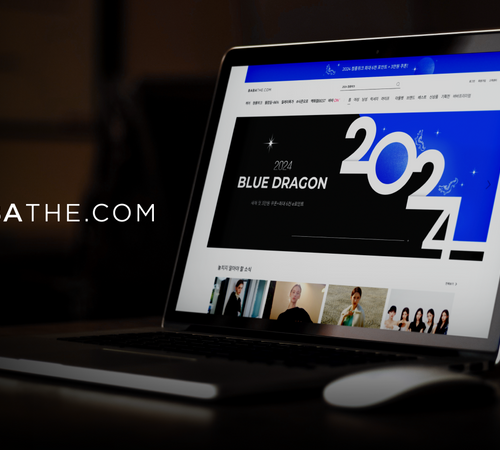before using OMINIOUS.AI’s solution, we needed around 20-30 people to actually input all product tags for products, monthly, however, we now only need to review the outcomes of the solution, that’s it!
- Lotte ON, Data Analytics Manager -
Problems the company wanted to solve
- While integrating 7 e-commerce websites, they needed a way to systematically manage vast amounts of product information.
Results after introducing Automated Product Tagging
- Completed integrating over 1 million product attribute/product attribute tagging data in a single day.
- Filter click rate has increased 3x after introducing smart product filters.
- Saved over 90% of work resources.
One of the conglomerates in South Korea, Lotte, made the strategic decision to unify seven different online e-commerce sites into one single platform: LotteOn. With products spanning all areas of fashion from clothing, accessories, and footwear, Lotte’s fashion team was grappling with categorizing and organizing a tremendous amount of product data onto one platform.
Point 1. Implemented ‘Smart Product Filters’ which increased filter click rate by 3x
If you’re running e-commerce, the chances are, you have thought about setting up advanced filters to increase search efficiency. Filters are important because it enables users to find items they want easily using information such as brand, size, color, price, and more. To set up advanced filters, LotteOn used Automated Product Tagging to classify and extract product attributes, which were used to serve ‘Smart Product Filters’ to their online shopping mall.
- Automatically tagged over 1 million product attributes in just a single day.
They automatically tagged over 1 million products into around 10 million attributes in a single day, and they no longer had to manage product data manually since then.
- Implemented smart product filters
Filter click rate has increased 3x after implementing Smart Product Filters which use product attributes that are classified into consistent criteria.
Point 2. Re-organized into categories preferred by consumers
When merchandisers manually tag products, important attributes can easily be omitted, and it’s also difficult to classify the products into finer categories. This was exactly the problem LotteOn was experiencing. They solved it by using Automated Product Tagging to keep a consistent category standard, and thus were able to provide accurate results.
- 33 Categories Established
They classified the vast amount of fashion product data from clothing, accessories, shoes, and more into 33 separate categories. Category mapping accuracy has improved by using AI, which enabled users to find items they want much faster.
Point 3. Automatic tagging functionality that saved resources spend on data analysis by over 90%

"Previously we needed 20~30 people to manually enter product tags, but after using Automated Product Tagging, resources spent on tagging were saved by over 90% because we only needed to use the data from the solution." -Manager of Data Analysis, LotteOn-
We saved resources by automating tagging for all products. We not only increased the team’s work speed but were able to focus on tasks that had more impact on the revenue and the overall purchase conversion rate like data analysis.






